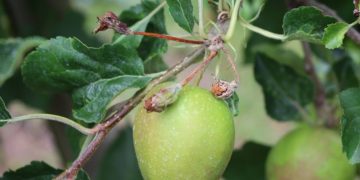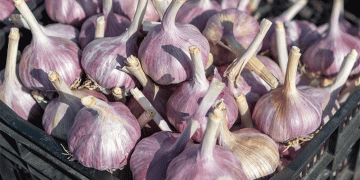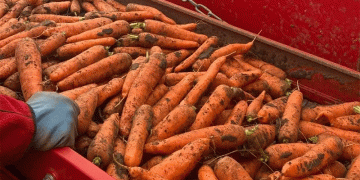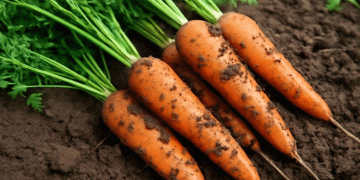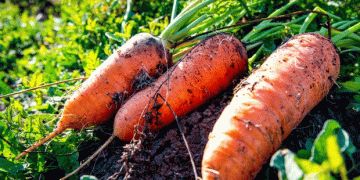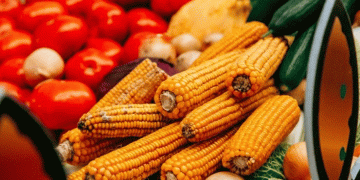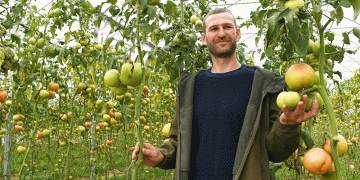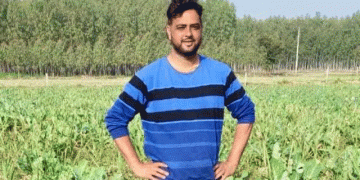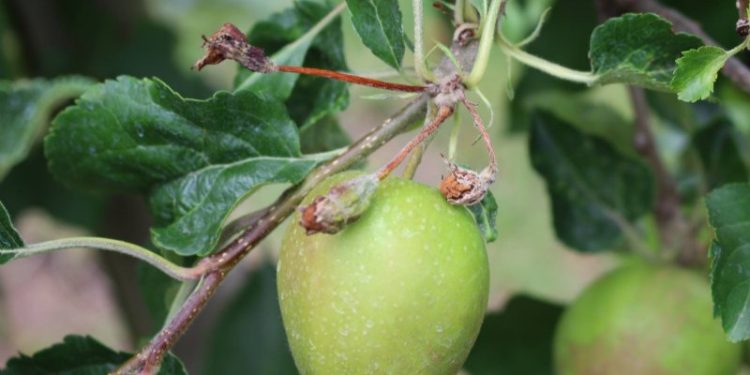This article highlights the escalating threat posed by the apple blossom weevil, resulting in significant damage to apple harvests. Drawing on the latest data from Nieuwe Oogst, a reliable agricultural source, we explore the challenges faced by growers as this destructive pest wreaks havoc on apple orchards. Discover the implications for farmers, agronomists, agricultural engineers, farm owners, and scientists, and explore potential strategies to combat the apple blossom weevil and safeguard apple production.
Apple growers are facing an increasingly dire situation as the apple blossom weevil wreaks havoc on apple orchards, as reported by Nieuwe Oogst [1]. This destructive pest is causing substantial damage to apple harvests, posing a significant challenge for growers across the industry.
The apple blossom weevil, known scientifically as Anthonomus pomorum, inflicts harm during the crucial flowering stage of apple trees. The adult weevils target apple blossoms, where they lay their eggs. The emerging larvae feed on the developing fruits, leading to deformities, reduced yields, and economic losses for growers.
The impact of the apple blossom weevil on apple production necessitates effective strategies for its control. Integrated pest management (IPM) practices, combining cultural, biological, and chemical control measures, are crucial for mitigating infestations. These practices include careful monitoring of pest populations, implementing targeted insecticide applications, and promoting natural enemies of the weevil, such as parasitic wasps.
Ongoing research is focused on developing innovative and sustainable approaches to combat the apple blossom weevil. Scientists are exploring the use of pheromone traps and attractants to monitor and capture adult weevils, thereby reducing their population. Additionally, cultural practices like pruning and removing overwintering sites can help disrupt the life cycle of the pest.
Collaboration between researchers, extension services, and apple growers is vital in addressing the challenges posed by the apple blossom weevil. Sharing knowledge, implementing best practices, and exchanging information on emerging control methods can significantly enhance the industry’s ability to combat this destructive pest.
In conclusion, the apple blossom weevil represents a growing threat to apple orchards and harvests. Through the adoption of integrated pest management practices, ongoing research, and collaboration, farmers and agricultural professionals can effectively mitigate the impact of this pest, safeguard apple production, and ensure the sustainability of the industry.
Tags: Agriculture, Apple Production, Apple Blossom Weevil, Pest Infestation, Crop Damage, Integrated Pest Management (IPM), Biological Control, Insecticide Applications, Sustainable Farming.
Reference:
- Source: [Link to the report on Nieuwe Oogst]
